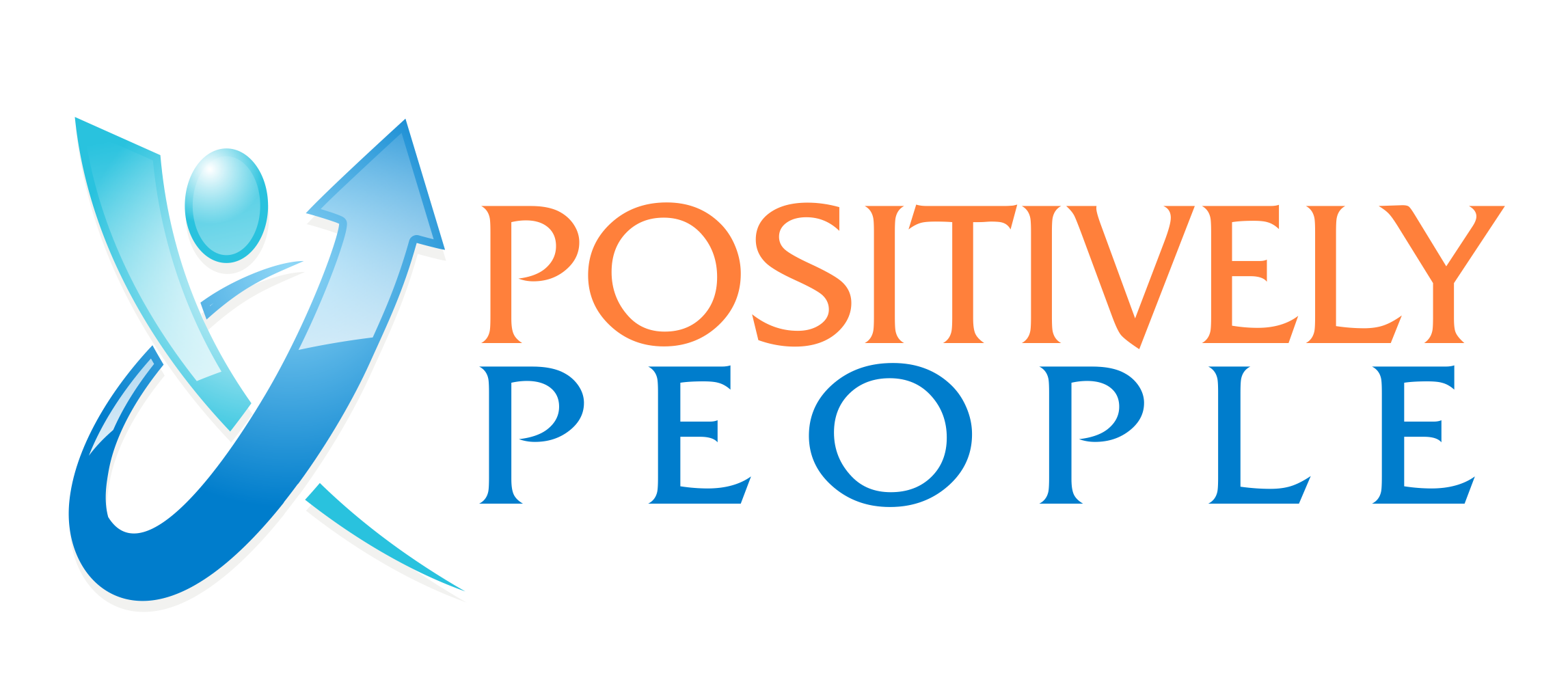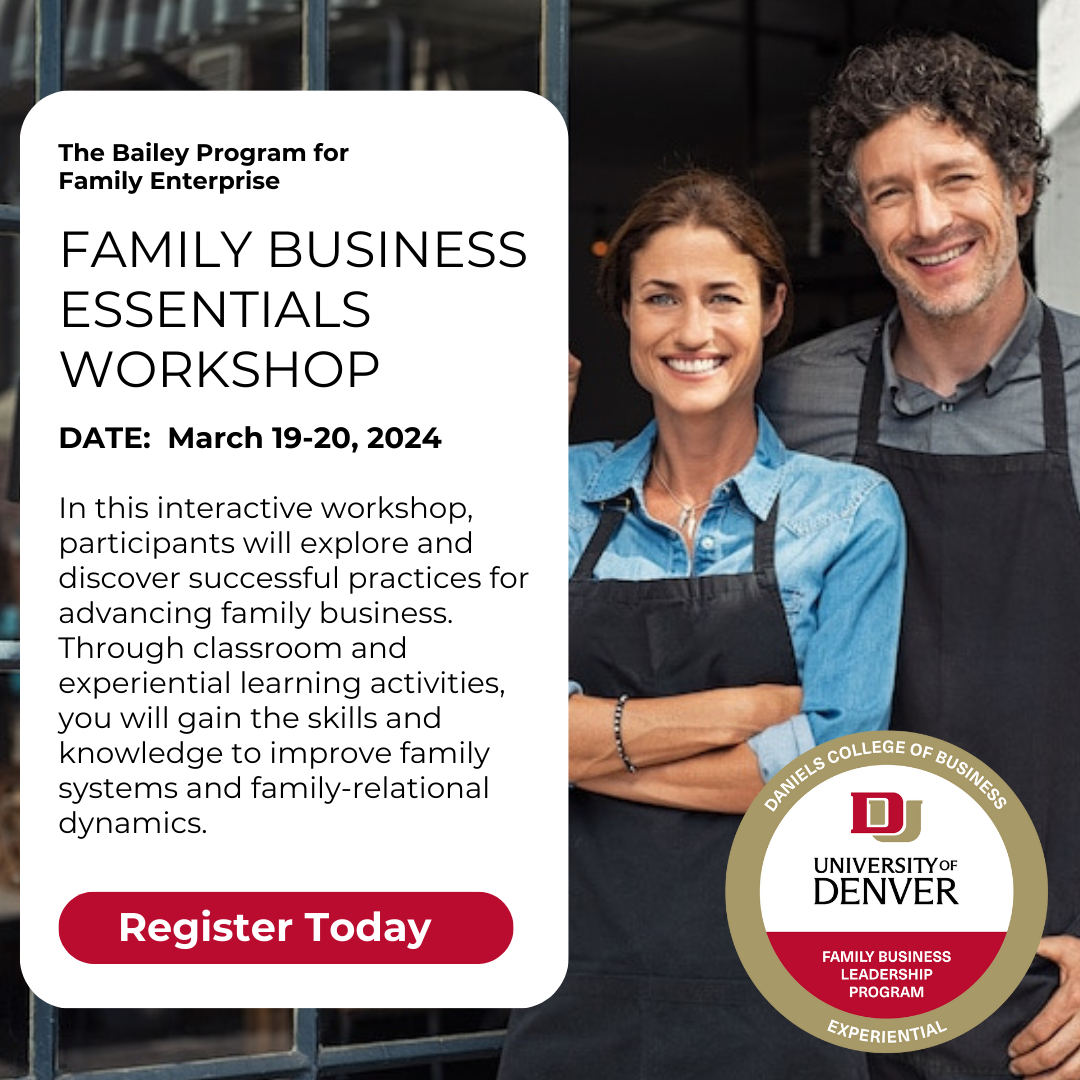Family-Owned Enterprise
Executive Continuity Planning
Building a Leadership Pipeline for Your Company
Planning for the future is one of the biggest challenges for leaders. How do they make sure that leadership roles are smoothly transferred? Who will be the next leaders, and how will they get there? These are the questions that we help you solve. We know how the market, the workforce, and technology are evolving. We work with you to create and implement a plan for building a strong leadership pipeline.
We also have the skills to assess people, evaluate their competencies and critical behaviors for your company’s growth trajectory, and build competency models for organizational success. We develop our competency model with you, not just for you. Our co-created competency model helps to identify the requirements for a role an individual might need to excel within the position. We also align workforce performance with your organizational vision and mission.
We use a tested and trustworthy professional development system, and our team is skilled in the best coaching practices. We use evidence-based and validated competency tools to set a baseline and then work with current leaders to pinpoint what strengths are essential for future success. We customize our system to your needs, whether you want to grow one person or a group.

Family-Owned Business Continuity Planning
More than a Person, it’s a Family Endeavor.
Family-owned business continuity planning is not just about the business; it is about the whole family – its legacy, its wealth growth and preservation, family harmony, and “letting go to grow.” Whether you’re a Founder passing the torch to your children or a generation of cousins stepping up to the plate, there will be a lot of views on who should lead, how they should lead, and even if they should lead. The reality is that most family businesses won’t survive or thrive beyond the third generation. Why? Because they need to formalize their current informal systems, processes, and structures without losing flexibility and agility.
Families must move away from informality and adopt more robust governance to ensure fair due process and equitable outcomes. We are a necessary neutral party that brings objectivity into a very emotional and subjective environment of succession and continuity planning. And we do it with a proven process that creates buy-in across the family branches and tough conversations between generations to the surface.
Five critical elements for continuity planning
- Be proactive with a plan: Don’t wait; start early. Have a clear and consistent process. And communicate, communicate, communicate your plan.
- Pinpoint succession candidates: Use various tools and methods to assess your organization's current and future talent.
- Interview and explain the stages: Interview succession candidates about their career aspirations and development needs. Explain the stages and expectations of the continuity planning process.
- Step up professional development efforts: Provide your succession candidates opportunities to learn and grow. Help them close gaps between their current and the necessary competencies for success. Offer them coaching, mentoring, training, or job rotation.
- Do a trial run of your continuity plan: Test your continuity plan by simulating scenarios where key positions become vacant. Evaluate how well your candidates perform in those roles. Identify any risks or challenges that may arise.


